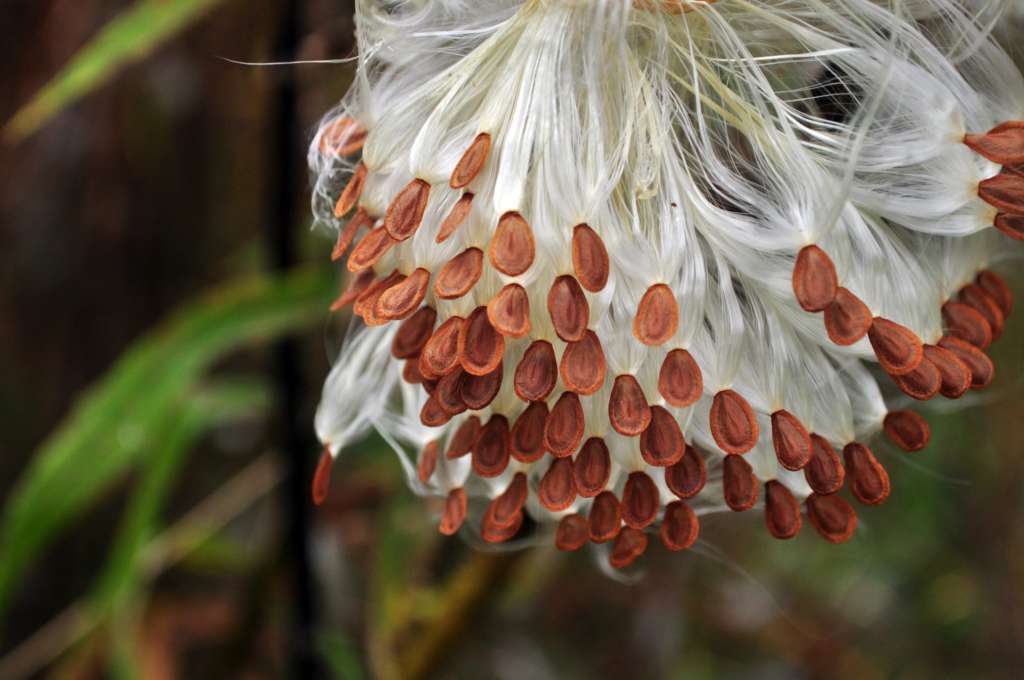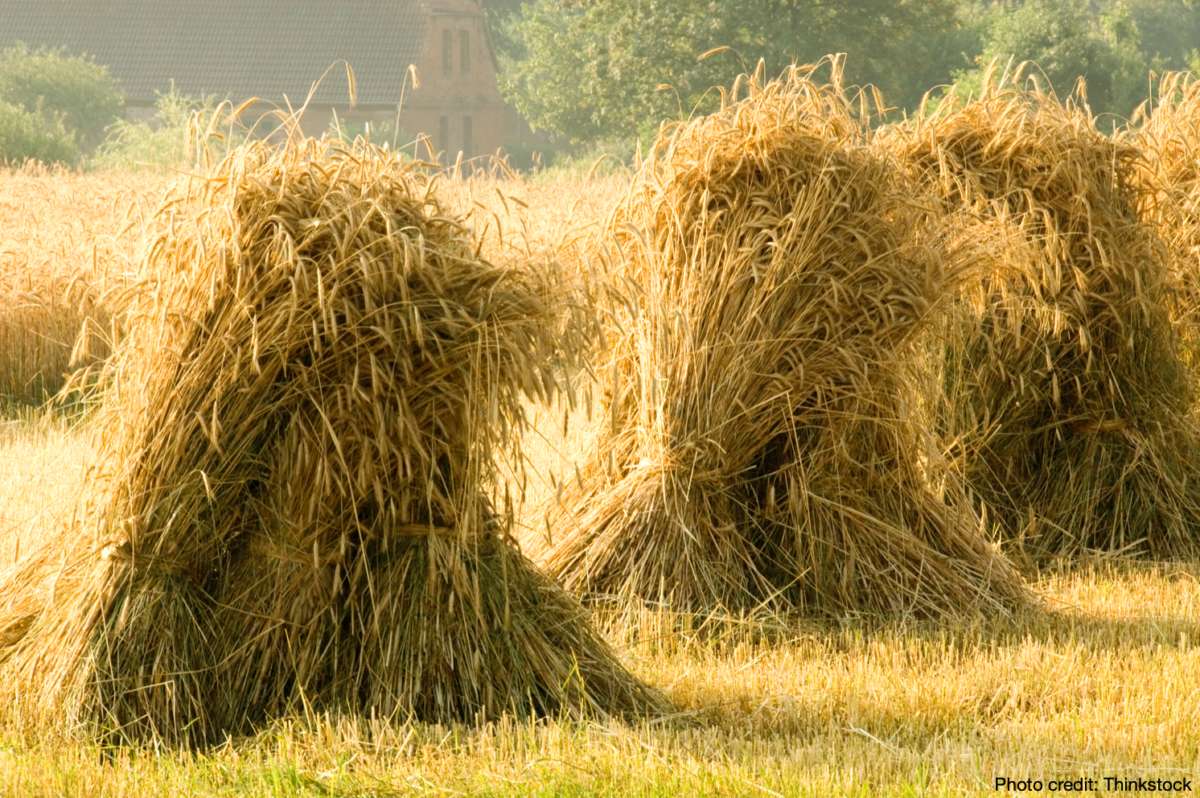Adozen deer pass swiftly and silently through the wood in the waning light. The mercury on the thermometer drops hesitantly as the harvest moon rises over the Blue Mountain. Frogs, Crickets and Cicadas join Katydids in the evening sonata, perhaps for the la fin du concert of the year. Later, the ruffle of feathers in the darkness will herald the arrival of the Horned Owl flying at the speed of night as it pursues its prey. Bears go through our trash can at night, scaverging what scaps they can as they fatten themselves up for their long winter’s nap. The first frost is only weeks away and the apples and pears are already ripe. Squirrels and chipmunks busily and greedily cache nuts, seeds and the flotsam of the fruit trees for the frigid season ahead. Squadrons of geese announce their departure and fly ever southward. Close on the heels of the rime, the trees will cast off their colors of summer and adorn themselves in orange, red, brown and yellow splendor. Makeshift stands selling seasonal fruit and vegetables pop up like mushrooms along the highways. It’s harvest time in the country.

Goldenrod is found almost everywhere while the milkweed pods explode with seeds that drift far and wide when carried by the wind. Each seed has as many as 900 silky hairs to keep it aloft as it travels to it’s destination.
Harvest rituals are deeply-etched in our culture. Generations of people in this part of the northeast performed similiar rituals each September. Using sickles and scythes and now tractors, acres of corn, barley and wheat were laid to rest, to be converted as substenance for settlers and fodder for beasts. The Pilgrims landed in present day Cape Cod in October 1620 with disasterous results. William Bradford was the leader of the company, and he recalls that first winter in his journal:
“But that which was most sad and lamentable was that in two or three months’ time half of their company died, especially in January and February, being the depth of winter, and wanting [lacking] houses and other comforts; being infected with the scurvy and other diseases, which this long voyage and their inaccomodate condition had brought upon them, so as there died sometimes two or three of a day, in the aforesaid time, that of one hundred and odd persons, scarce fifty remained. And of these in the time of most distress, there was but six or seven sound [healthy] persons who, to their great commendations be it spoken, spared no pains, night or day, but with abundance of toil.”
https://nationalhumanitiescenter.org/pds/amerbegin/settlement/text1/BradfordPlymouthPlantation.pdf
They arrived too late to plant and therefore, there was no harvest. They did not know how to catch game, and they didn’t know what game they could eat. The Indians helped as they could, but they could meet so great a need. A year after landing, the remaining men of the colony celebrated their first Thanksgiving (most of the women had perished during the previous winter.)
Before that, indigenous Americans likewise practiced their own harvest ceremonies. Those tribes that tilled the land were generally less mobile than other tribes found on the Great Plains (Commanche, for example, who raided far south of Mexico into Central America.) The Haudenosaunee (commonly known as the Iroquois) who inhabited the Catskills, were planters, and they build longhouses, occasionally approaching the length of a football field, in which to pass the winter months in comfort. Entire families lived together in these magnificent structures. They, like the people from where the sun rises (the Français trappers and the Engelese) who followed, also hunted while game could still be found. It was also very common to run trap lines for beaver and other similarly-sized mammals that could be eaten or whose fur could be sold for necessary staples such as sugar and salt.
Jesus speaks of the harvest, as well, though the harvest he refers to is the harvest of men’s souls. Like sheep without a shepherd who are in danger of perishing if left to their own devices, the harvest represents people in need of laborers to proclaim God’s love and forgiveness and to provide sound teaching or instruction to the multitude who respond to the Gospel. As Paul tells us in Romans 10:13-15
“Everyone who calls on the name of the Lord will be saved.
How, then, can they call on the one they have not believed in?
And how can they believe in the one of whom they have not heard? And how can they hear without someone preaching to them?
And how can anyone preach unless they are sent?”

So, let’s look at this passage in reverse order. First, a person must be sent to preach. Secondly, people hear this preaching, and come come to believe. Thirdly, these people call upon the name of the Lord who (fourthly) saves them. I’m here to tell you that God is calling you, and I can say that with the authority of Scripture which calls all of us to teach and preach. If you are praying to God day after day asking Him whether to witness to your neighbor, you are wasting your time waiting for a reply, because God has already told us in His word to share the message of faith with others. Else, we’d be hiding our light under a bushel.
Note that with vegetables and fruit such as grapes, the harvest window is very narrow. If you wait too long, you’ve missed your chance. In Genesis 6:3, God says “My Spirit shall not always strive with man.” There comes a time when people give up or harden their hearts to the point that they have inured themselves to their present circumstances and the Gospel is no longer welcome to them.
There are all sorts of ways to witness without even leaving your home during the pandemic. Order some good Gospel tracts and start mailing (via USPS) your utility payments and other correspondence with a tract included with your check. Or, open a webpage like I’ve done and start blogging about the Lord. It is not that difficult. If you have a Facebook or Instagram account, then start including a Bible verse or two.
You need no special instruction when you witness (but check here for some useful Bible passages.) Basically you just need to share the love in your life as Peter notes in his first epistle (3:15, 16) where he writes “But in your hearts revere Christ as Lord. Always be prepared to give an answer to everyone who asks you to give the reason for the hope that you have. But do this with gentleness and respect, keeping a clear conscience, so that those who speak maliciously against your good behavior in Christ may be ashamed of their slander.”
Do not feel rejected or discouraged if people you speak to seem uninterested in asking Jesus into their life. In I Corinthians, 3:6, the apostle Paul writes: “I planted the seed, Apollos watered it, but God has been making it grow.” Perhaps God only intends for your to plant the seed. Or, perhaps someone else before you has planted the seed, but you are nurturing it and someone will come after you to help with the new birth? You may have seen Billy Graham crusades where dozens come forward after his message. What you don’t see are all the prayer meetings that happen weekly or monthly for the two years before the rally occurs. It is not your role to convert people. That is the role of the Holy Spirit.



